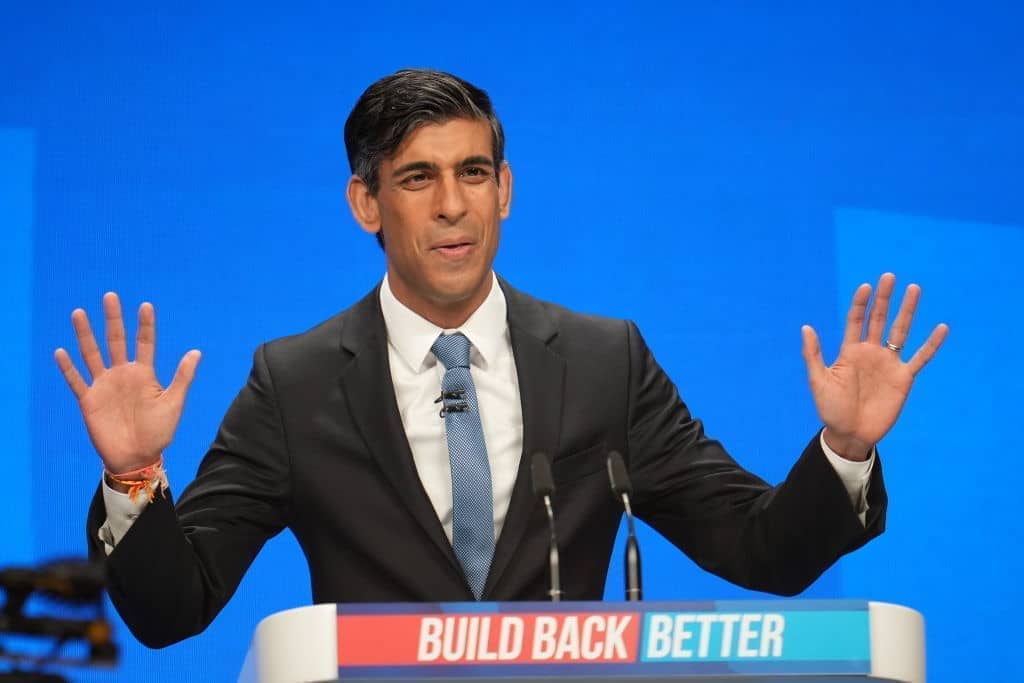Rishi Sunak always said furlough wouldn’t save every job, especially as the pandemic changed the way we live and spend. Now that the scheme – which paid the salaries of millions of workers across the UK – has come to an end, was Sunak right?
Early evidence suggests businesses are bringing their employees back to work, either into their old jobs or repurposing them into new roles. According to the BBC, the 31 companies that took at least £1 million of furlough money last month (including airlines, which are still only running around half as many flights as in 2019) aren’t yet planning on making mass redundancies – even though the scheme has finished.
The labour shortage being felt acutely in Britain has no doubt contributed to employers’ attempts to retain their workers
The labour shortage being felt acutely in Britain has no doubt contributed to employers’ attempts to retain their workers. The number of redundancies planned by businesses last month hovered near record lows at 13,836.
Furlough helped to avoid nightmare scenarios for unemployment: according to the Office for Budget Responsibility’s November forecast, unemployment was expected to be 7.5 per cent now, headed to a peak of nearly 12 per cent. In reality, it’s under 5 per cent, and fears inside Whitehall that welfare claims could skyrocket (one minister thought claims could go up by half a million as a direct result of furlough ending) are starting to subside.
Still, the analysis of furlough’s success is in many ways just starting. And how the government handles Covid this winter – including the confidence it gives or deprives from business that life will broadly continue as normal – could still see a fragile situation take a turn for the worse.
Sign up to my weekly economics newsletter here.







Comments